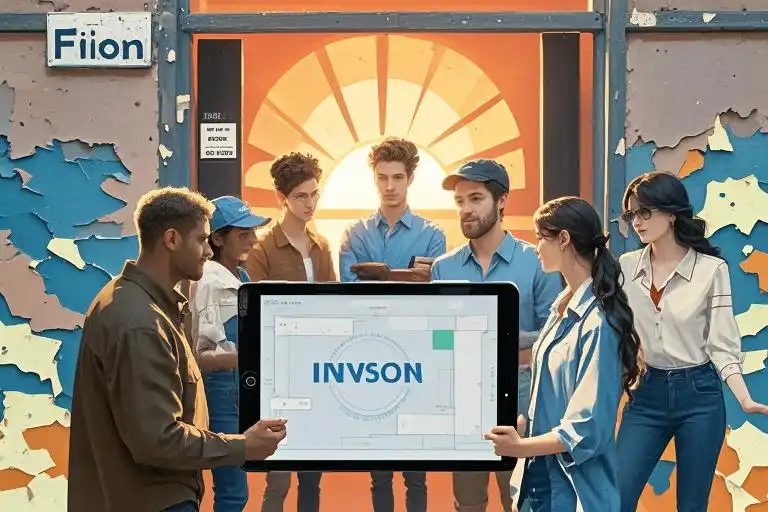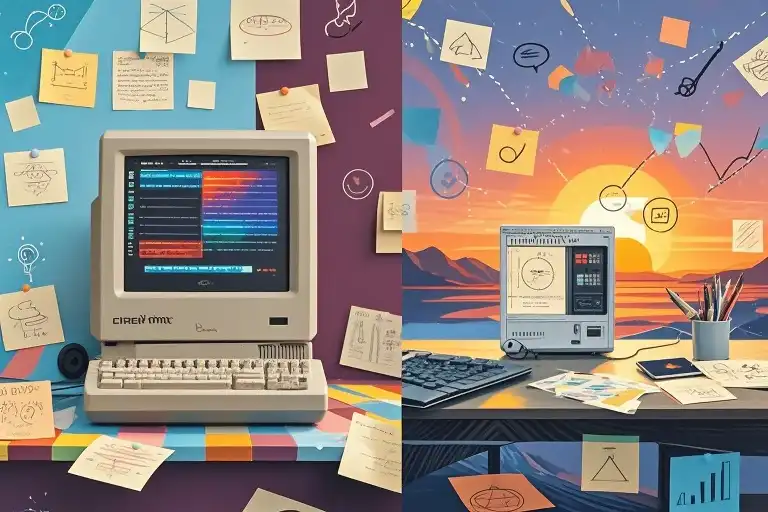Let me tell you a story about digital heartbreak.
It’s 2015, and your design team is huddled around a laptop, watching an interactive prototype of a banking app for JPMorgan Chase. With a click, transitions flow like melted butter, micro-interactions sparkle, and stakeholders actually get it. That magic? All powered by InVision. Fast forward to 2024, and we’re drafting its obituary. What went wrong with the tool that once powered 99% of Fortune 500 design projects? Buckle up – this isn’t just about software. It’s about how Figma rewrote the rules, why good tools die young, and what your design stack might look like tomorrow.
When InVision Ruled the Digital Playground (2010-2017)
We called it the “Swiss Army knife of screen design.” Before Figma’s collaborative cursors and Canva’s drag-and-drop simplicity, InVision was where:
- Startups mocked up their first app flows
- Netflix refined its binge-worthy interfaces
- Agencies wowed clients with tapable presentations
Remember uploading static JPGs to create clickable prototypes? It felt like turning paper airplanes into SpaceX rockets overnight. At my agency, we’d joke that “InVision” should be a verb (“Just InVision it to the client by noon!”).
The Cracks in the Castle: 3 Fatal Missteps
1. The Collaboration Blind Spot
While InVision Studio wowed us with Witcher-level animations (shoutout to Malewicz’s legendary demo), Figma did something revolutionary – it let Jane in marketing and Bob in engineering scribble on the same canvas in real-time. It wasn’t just about prettier pixels; it was about killing the “final-version-v12-FORREAL.sketch” email chaos.
2. The Update Desert
InVision Studio launched in 2018 with animations smoother than Figma’s current Smart Animate. But then… radio silence. It’s like buying a self-driving Tesla that never got past version 1.0. Meanwhile, Figma dropped 47 updates in 2022 alone.
3. The Pricing Paradox
When Figma offered free tiers that actually worked, InVision stuck to its “$15/editor/month” model. For startups, that difference meant feeding ramen to interns vs. hiring another designer.
The New Design Toolbox: What Survivors Look Like
The massacre isn’t over. Last month, Adobe’s $20B Figma acquisition got blocked, and Canva just ate 30% of basic UI design needs. Here’s what’s working in 2024:
| Survival Trait | Winners | Ghosted Features |
|---|---|---|
| Real-time collaboration | Figma, Miro | InVision’s version history |
| AI co-pilots | Galileo AI, Uizard | Manual asset libraries |
| Cross-team workflows | Zeplin for handoffs | Static style guides |
A Designer’s Survival Guide: Picking Tools That Last
- Follow the Breadcrumbs – If a tool’s blog hasn’t updated since “Top 2019 Design Trends,” run.
- Test the Water – Can your intern build something useful in 15 minutes free trial?
- Listen to Developers – If engineers groan when you mention the tool, it’s already dead.
The Future Is Messy (And That’s OK)
Will AI turn us all into “prompt engineers”? Maybe. But here’s what won’t change: Design tools must disappear. The best ones? They become invisible extensions of our creativity – like a dancer’s shoes or a chef’s knife.
InVision’s legacy isn’t its closing door; it’s the 10 million designers who learned to speak UI through its prototypes. Now, who’s ready to write the next chapter?


